A Porsche 2+2 coupé for £5000? In these times of rampant classic car inflation, it’s hard to believe something so desirable is available for such little money. Well, perhaps not desirable for diehard Porsche fans for whom ‘924’ is code for a stillborn Volkswagen, but for the rest of us this is the real deal.
The 924 arrived in 1976 and helped to steady Porsche’s ship. Today your £5000 buys a basic model registered in 1984, with around 65,000 miles, a 123bhp 2.0-litre engine and a full service history. The car we have in mind is being sold privately, which means you can quiz the owner on its history and day-to-day reliability. Then all aboard for an extended test drive so you can monitor engine temperature and oil pressure, feel for looseness in the suspension and check for oil leaks. If it’s sound, buy it.
Click here to buy your next used car from Autocar
The thing is, with prices of its bigger-brother 944 rising, a good 924 won’t be this cheap for much longer. But for now you can buy cheaper still: how about as little as £3850 for a 1988 924 S owned by a doctor for the past 17 years and with loads of history, or £4500 for a 1983 2.0-litre auto with just 53,000 miles and, again, stacks of history? Around £8000 buys some very nice 924s, and north of £12,000 the very best.
![]()
That comment about the 924 being a stillborn VW is a reference to its origins when, in the early 1970s, VW and Audi asked Porsche to help them develop a 2+2 sports coupé using their 2.0-litre engine. Porsche was developing the 928 behind the scenes and some of that experience found its way into the 924, with its front-mounted engine and rear-wheel drive with transaxle for good weight distribution and sporty handling. Squint and you can even see the 928’s shape in the new tiddler, and the 944 that followed it.
Then cue the oil crisis and VW went cold on the idea, handing Porsche the project which became the 924 we know today. It was launched in 1976 with a water-cooled 2.0-litre engine producing 123bhp and a four-speed manual or three-speed automatic gearbox. The public loved it, praising its looks, handling, build quality and economy. From day one, the 924 was never really about straight-line performance.
In 1978 a five-speed manual gearbox became an option, but the big news in 1979 was the arrival of a turbocharged version with 168bhp. There are a handful around, including an example of the much-improved Series 2, with 174bhp and improved turbo cooling. It’s a 1982-reg car with 110,000 miles, on the market for £8500.
The 924 S arrived in 1985 with improved handling and a detuned 2.5-litre engine from the 944 producing 148bhp, increased to 158bhp in 1988, the model’s final year of production. In between times there were specials including the Martini Championship Edition and the Carrera GT, but today it’s a tidy 924 S you want to pin your hopes on. Its value is only going one way.
How to get one in your garage
An expert's view
David Hitch, RPM Specialist Cars: “We get a couple of 924s through the workshop every month and people love them. I ran a 2.0 as my company car when I worked at a Lotus dealer in the 1980s and loved it. It was reliable and fun to drive. Today, cooling issues and oil leaks are the things to watch out for. People remove the thermostat on the 2.5 to make it run cooler but we have a fix that sorts it. Tappets rattle from cold but often it’s just an oil circulation problem that a drive around the block will sort. Prices have been low for years but the 924’s day will come as the 944 moves beyond reach.”
Buyer beware...
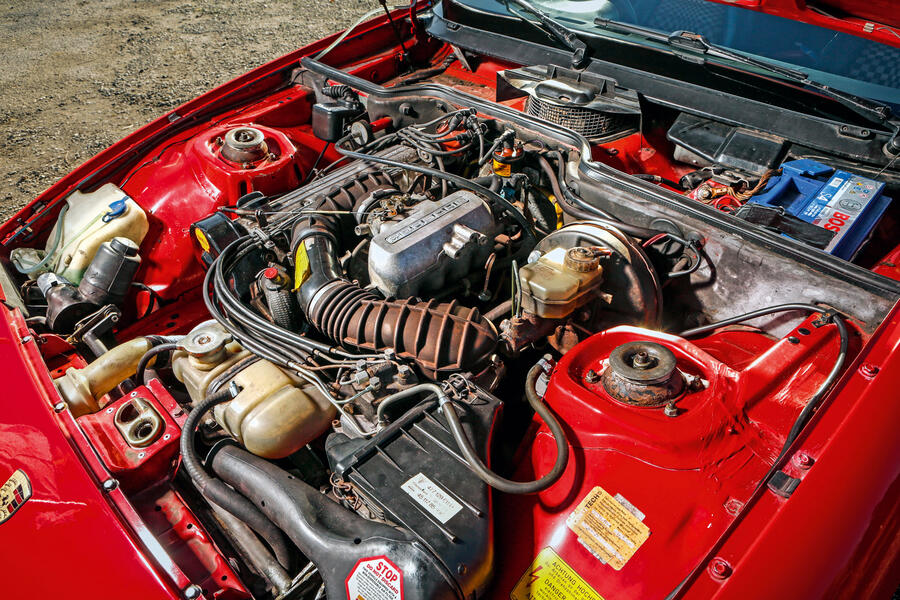
â– Engine: Look for leaks from the oil filter and check the oil feed pipe under the cam cover. Expect a puff of oil smoke on start-up but none when warm, when oil pressure should be 2-3 bar at idle. Make sure the fuel pump is secure and that fuel lines and fuel tank are sound. Check the engine temperature gauge works and scrutinise the radiator for stone damage. Watch for blue exhaust smoke on turbos. Service intervals are every 6000 miles and a cambelt change every 40,000 miles or four years. A vibration from idle to 1200rpm could be a broken engine mounting.
â– Electrical: Check the power leads – from battery to starter motor, for example – and the battery tray, which corrodes, allowing water into the fuse box. Make sure the headlights rise and fall.
â– Gearbox: Look for oil leaks from the rear main seal. The change action is laborious but beware anything obstructive.
â– Suspension and brakes: Unless recently seen to, bushes and dampers will be tired. Expect 25,000 or so miles from discs and pads.
â– Body: Early cars were only part-galvanised so check for rust. Check the sills for filler and the body for signs of poor repairs. Make sure hatch and sunroof seals are sound.
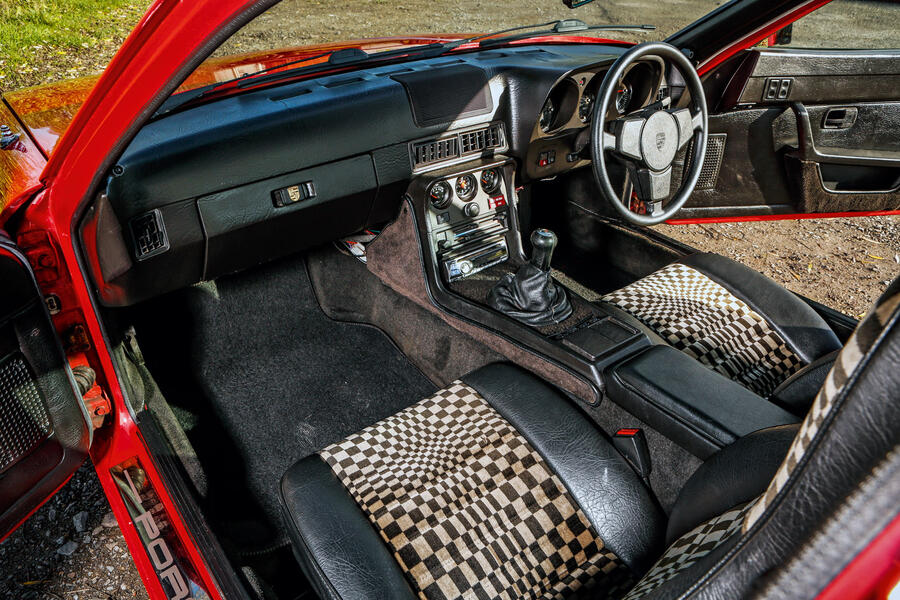
â– Interior: Feel for damp carpets in the footwells. Check for cracks in the dashboard top and tears in the seats. If you can shake the steering wheel, change it.
Also worth knowing
Some of the 924’s crucial electro-mechanical controls are showing their age now, such as the airflow meter on the 924 S, for example. Specialist Porsche parts supplier FrazerPart can supply a remanufactured one for £222. It can also test and remanufacture the ECU on your S (standard 924s don’t have them), prices starting at £420.
How much to spend
£3750-£4999: Tidy 123bhp 2.0-litre cars; a mix of manuals and automatics.
£5000-£7999: Mainly 924 Ss ranging from 40,000-100,000 miles. Some very nice examples at this price point.
£8000-£9999: Even better examples of the S, some described as ‘showroom’ condition. Includes a couple of Turbos, too.
£10,000-£14,999: Few cars in this range but would have to be very good in any case.
£15,000-£23,000: The best 924s from here, including a couple of low-mileage Ss with Porsche dealers and a lone GT Martini Championship edition.
One we found
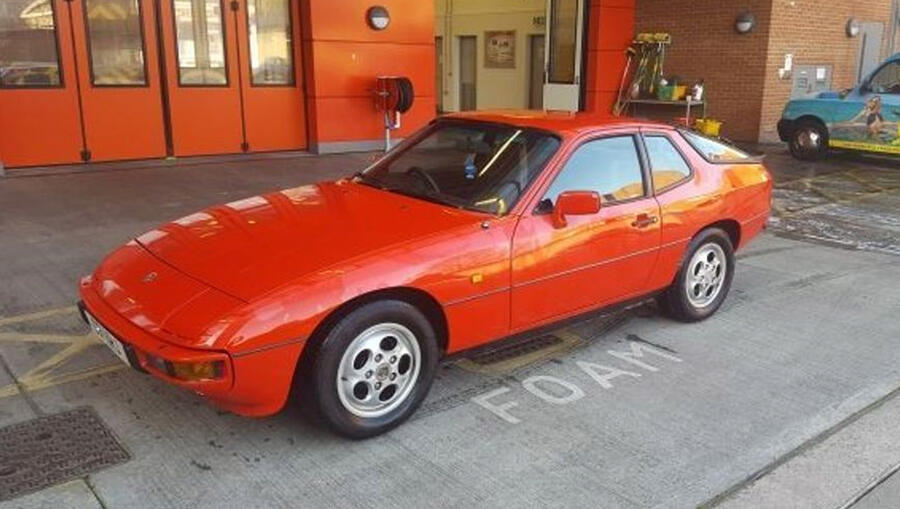
Porsche 924 S, 1985, 94,000 miles, £6495: An early, rust-free S with main dealer history until 2012 and 90,000 miles. Has had three non-specialist services since. Check cambelt, brake fluid and coolant changes were carried out.
READ MORE
Porsche: We must diversify beyond selling cars to survive
Porsche 911 to gain manual gearbox option
New Porsche Taycan 'set to rewrite performance EV benchmarks'

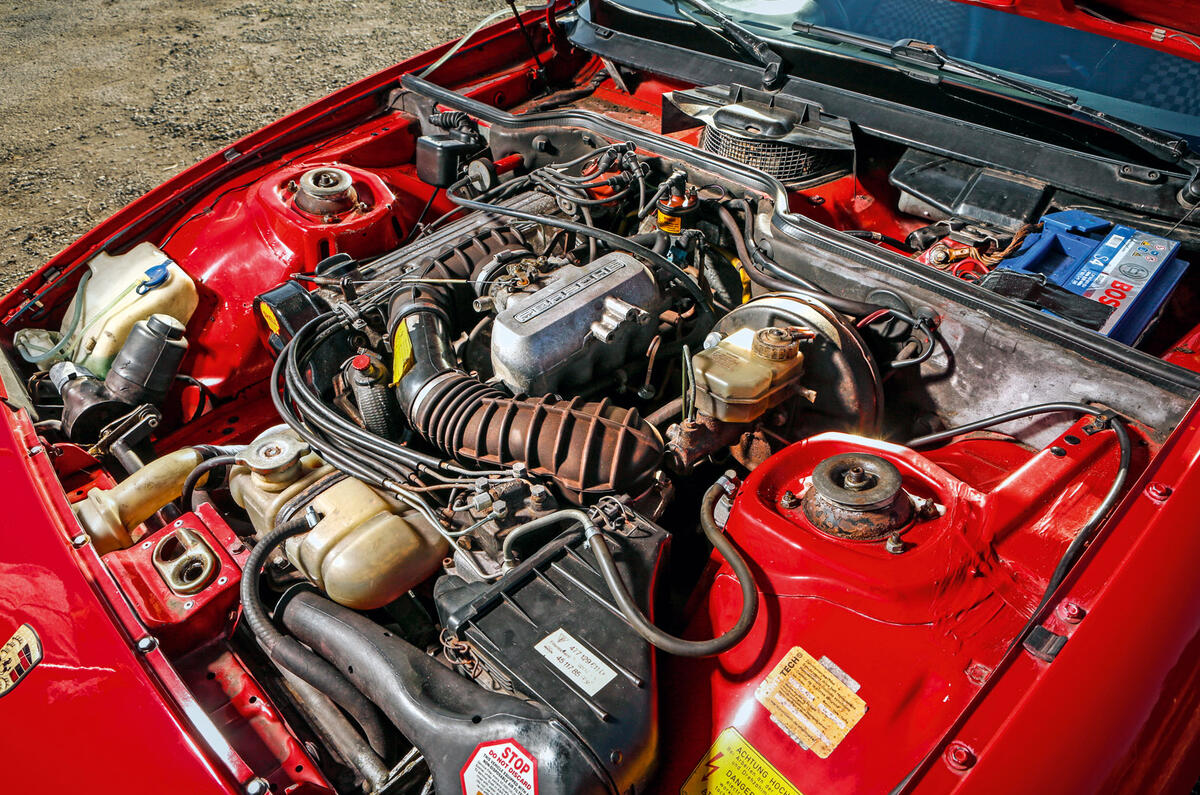


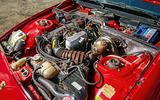
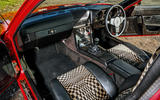
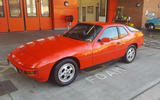


Join the debate
Add your comment
To my eyes ...
.. the styling of this car always suffered from an awkwardly proportioned rear end - it's like the back third of the car doesn't belong to the front two-thirds. A personal viewpoint, granted, but it was always enough to put me off wanting one. This was somewhat rectified by the 944 revisions but not entirely, and spoils for me what are apparently very good cars. Incidentally .. 'doctor owner' ... common sales-speak ... why? How is that supposed to impress? Some doctors I've experienced have trouble looking after people, let alone cars! Its like 'lady owner' ... but I won't go there.
Herald wrote:
Yeah I must admit to thinking similar, who cares what profession the previous owner had.
Weight ?
Surprised weight obsessed Autocar didn't mention that these splendid little cars only weigh 1080kg in 924S form, less in original 924 spec.
I ran an 83 2.0 924 lux for
I only sold mine when the kids got too big for the rear seats forcing me to buy something more sensible as I couldn't afford to run both. The rear is pre drilled and tapped for seatbelt fixings which is useful.
I loved mine, they are great cars and well worthy of the badge.